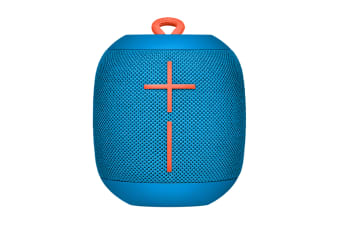Aptx might not be as transparent as mp3 or some other codecs at the same bitrate because it's not based on auditory masking (which is IMO a strange choice).
TBH, it wasn't a strange choice. AptX was originally designed as an intermediate codec for professional use, initially in the broadcast industry. Lossy codecs such as MP3, AAC, etc., are "perceptually" lossy codecs, meaning they mainly rely on auditory masking to reduce file size, IE.They remove audio frequencies that would not be heard/perceived. Perceptually lossy codecs are therefore particularly good as an end use codec but not so good as an intermediate codec. For example, let's say there is some frequency based processing downstream of the codec, say EQ or multi-band compression or limiting; we potentially have a problem with perceptually lossy codecs because we obviously can't process frequencies that have been removed. In other words, an EQ setting could cause certain masked freqs to no longer fall within the masking threshold (and therefore be audible) but if a perceptual codec has been used those masked freqs have been removed and can't be EQ'ed (and potentially unmasked). Compression/Limiting processes may also be impacted as the energy contained in various freq bands is altered by removing the masked freqs. This potential problem is lessened if we don't use a perceptual codec, if instead we just use a time domain codec which maintains all the freq content (albeit at less resolution). In addition, a time domain codec such as aptX is computationally far quicker to execute than perceptual codecs (which require a transform to the freq domain, the application of a psychoacoustic model and a transform back again) and therefore has lower latency, a consideration for certain applications such as gaming or audio/video over IP for example.
[1] If you use AAC and then stream using AAC, even if it is bumped to PCM and then back to AAC, there won't be any significant loss. The same codec is going to encode it the same the second time.
[2] Theoretically, transcoding from one lossy codec to another might shave something off, but
[2a] in practice, I doubt you would hear it.
1. The same codec isn't going to encode the file the same the second time because the second time it has a very different frequency content. Converting the AAC to PCM obviously does not restore the frequencies that have been removed by the initial conversion to AAC. This AAC to PCM data therefore has a significantly different freq content than the original file and will be processed significantly differently by another, subsequent AAC conversion.
2. The transcoding process obviously doesn't/can't consider the freqs which have already been removed by the first encoding process. So, transcoding from one lossy codec to another WILL ALWAYS "shave something off".
2a. That all depends on the content of the original file, how well a particular encoder deals with an already lossy encoded files and of course listening skill and environment. I tested transcoding and two pass encoding (transcoding using the same codec): In the case of AAC two pass encoding, I could blind test against the (uncompressed) original but it was extremely difficult and I could only manage it with one of the samples I used (all of which were chosen to highlight potential issues). Two pass MP3 or transcoding between different codecs was generally easier to blind test than two pass AAC, although still difficult. I didn't include aptX in my test but taking into account what I said above (to castleofargh), transcoding between a perceptually lossy codec and aptX would generally be somewhat better (in theory) than between two perceptually lossy codecs. However this is an assumption that could be incorrect. It should also be noted that I was testing at levels higher than normal, under extremely good listening conditions (in a studio) and I did this testing in the early 2000's (and all the encoders have improved since then). So today I agree, in practice very few people (and possibly none at all) would hear a difference at reasonable listening levels.
I think it's best then to use Tidal HIFI as a source which is pcm already. One conversion less.
In theory "yes, definitely". In practice I think it's very unlikely you will ever encounter a set of circumstances which could result in you being able to hear a difference!
G



